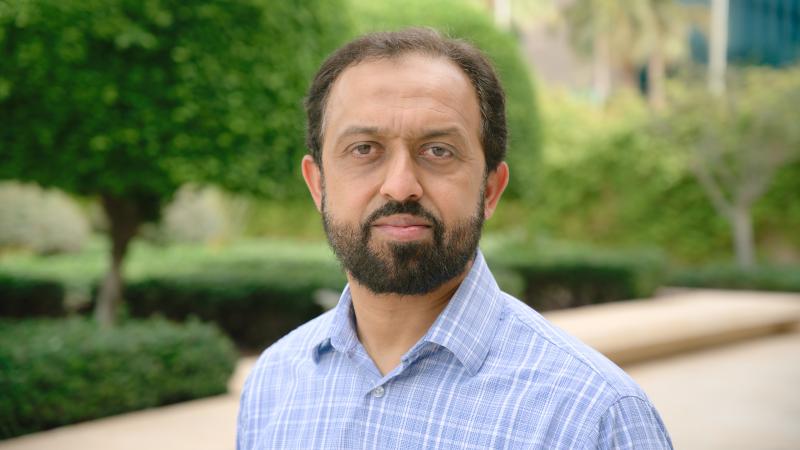The smart lock on a front door may not draw much power, but the Internet of Things (IoT) is expected to grow to 50 billion devices by 2020. Such devices include activity trackers, smart bulbs, every Alexa-compatible device, etc. Taken all together, that network of connected devices will pull a significant amount of electricity. Currently, they all have to be charged or left tethered to a power source. But new research out of King Abdullah University of Science and Technology (KAUST) may enable IoT devices to power themselves from energy captured from other wireless communication signals.
Specially-designed semiconductor diodes can convert radio frequencies into energy, but they’re usually tuned to a specific frequency, like 4G. Atif Shamim is a professor of electrical engineering and an expert on energy harvesting, and it occurred to him that advances in system-on-packages fabrication, where functional components like antenna are built into the housing of a device, could be applied to energy harvesting.

His team designed compact antennas that tune into a wide spectrum of wireless and mobile signals.
“Asking one antenna to do the job of several others simultaneously is tricky,” stated Azamat Bakytbekov, the lead author of the paper. “You have to make sure the performance doesn’t drop at any one frequency point.”
Read full article

